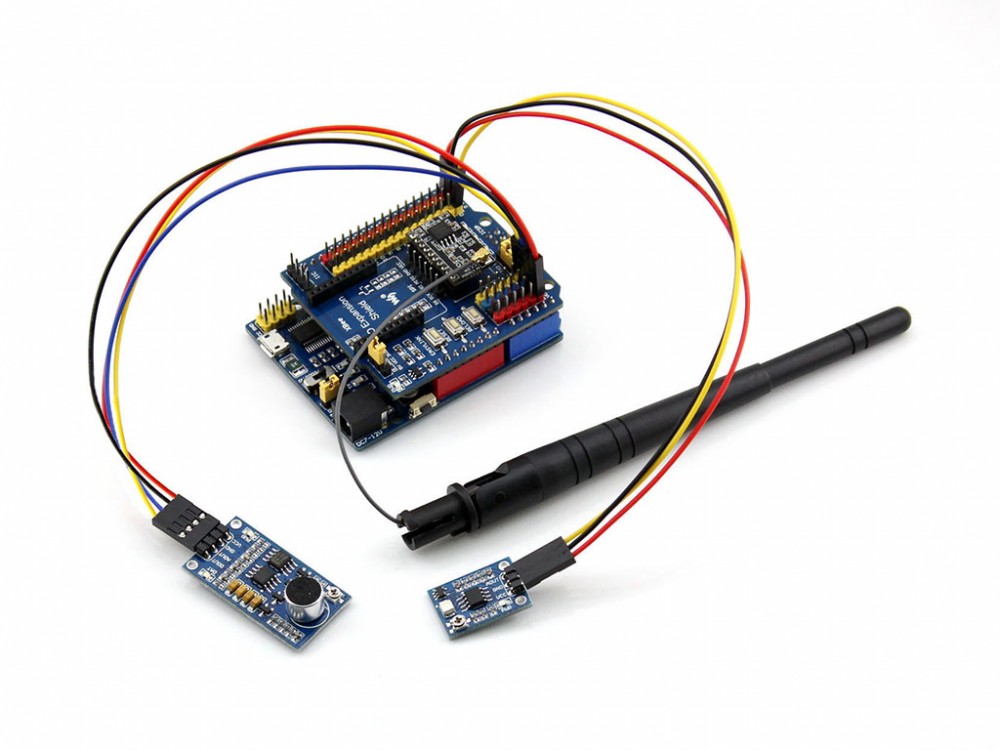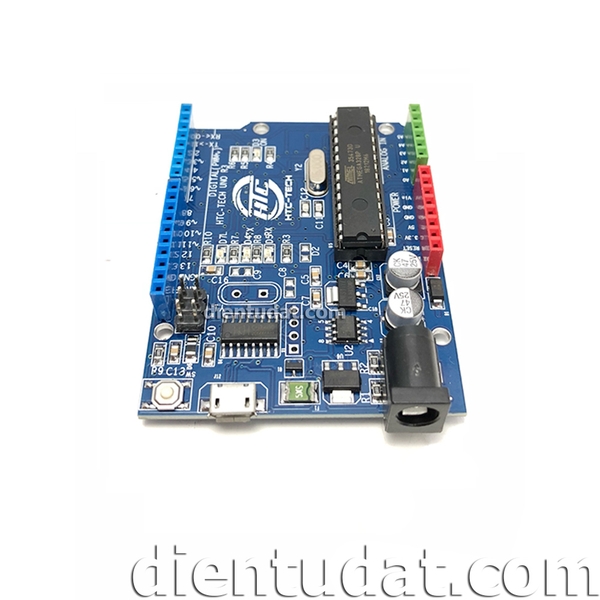
- #ARDUINO UNO R3 PLUS INSTALL#
- #ARDUINO UNO R3 PLUS SERIAL#
- #ARDUINO UNO R3 PLUS DRIVERS#
- #ARDUINO UNO R3 PLUS SOFTWARE#
- #ARDUINO UNO R3 PLUS SERIES#
The RaspberryPi folder is examples used for Raspberry Pi platform, see more instruction. The host_app folder is host capture and display application for all of ArduCAM modules. The Shield_V2 folder is for ArduCAM-Shield-V2 shield. The RevC folder is for ArduCAM-Shield-RevC or ArduCAM-Shield-RevC+ shields. The Mini_5MP_Plus folder is for ArduCAM-Mini-5MP-Plus (OV5640/OV5642) modules. The Mini folder is for ArduCAM-Mini-2MP and ArduCAM-Mini-5MP modules. In the example folder there are seven sub directories for different ArduCAM models and the host application.
#ARDUINO UNO R3 PLUS SOFTWARE#
Hardware and software shuld be consistent to run the examples correctly. Open one of the examples, wiring SPI and I2C interface especially CS pins to ArduCAM shield according to the examples. If you got a ArduCAM-Shield-V2 and a OV5642 camera module, you should uncomment the line #define ARDUCAM_SHIELD_V2Īnd the line #define OV5642_CAM then comment other lines. Should uncomment the line #define OV2640_MINI_2MP and comment all the other lines. For example, if you got a ArduCAM-Mini-2MP you Uncomment the macro definition in the file. Open the memorysaver.h file in the ArduCAM folder and enable the hardware platform and camera module which matches to your hardware by comment or


The libraries should be configured before running any examples, or else you will get a compilation error message. So the UTFT4ArduCAM_SPI library is only needed when using the ArduCAM-LF model. The UTFT4ArduCAM_SPI library is modified version of UTFT which is written by Henning Karlsen. The existing examples are plug and play without need to write a single line of code. There is also an example directory inside the ArduCAM library which illustrates mostįunction of the ArduCAM shields.
#ARDUINO UNO R3 PLUS DRIVERS#
It contains supported image sensor drivers and user land API functions which issue capture or image data read commands. The ArduCAM library is the core library for ArduCAM shields. These two libraries should be copied right under the libraries of Arduino directory in order to be recognized by the Arduino IDE.

The basic libraries are composed by two sub-libraries one is ArduCAM and the other is UTFT4ArduCAM_SPI. Note: ArduCAM library for ESP8266 is maintained in another repository ESP8266 using a json board manager script. Theoretically support all Arduino families.In addition to Arduino, the library can be ported to any hardware platforms as long as they have I2C and SPI interface based on this ArduCAM library.
#ARDUINO UNO R3 PLUS SERIES#
The camera breakout boards should work with ArduCAM shield before connecting to the Arduino boards.ĪrduCAM mini series camera modules like Mini-2MP, Mini-5MP(Plus) can be connected to Arduino boards directly. We have no affiliation with Arduino.This is a opensource library for taking high resolution still images and short video clip on Arduino based platforms using ArduCAM's camera moduels. Technical support for any product sold by Hobby Components should be directed to Hobby Components. This product is derived from the Arduino(TM) reference design which was released under the Creative Commons Attribution Share-Alike license.
#ARDUINO UNO R3 PLUS INSTALL#
Just install the drivers (links available on our support forum here) and select the board type as 'Arduino Uno' and you're good to go. It will work just as well with the Arduino IDE and is compatible with any hardware that works with an ordinary R3 Uno. We've changed the USB interface to lower the cost of the board.īut don't worry, despite all the improvements it's still an Uno. We've even improved on the standard artwork to make it clearer, and on the underside we've also added extra information for alternative pin functions - very useful if you like to hack your Uno.
#ARDUINO UNO R3 PLUS SERIAL#
Plus added pins for Serial and I2C interfaces. We also know that when experimenting you can never have enough power connections so we've added a header with plenty of 5V, 3.3V and GND pins. Add them to the upper side of the board to have additional connections to each pin, or add them to the bottom to get access to pins obscured by shields. These can be fitted to the row of headers that we have added alongside the standard Arduino headers giving it more connect-ability. The first thing you may notice is the additional header pins supplied with the board.

But what's the plus all about? Well, whilst making changes to the latest R3 design we also decided to add a few improvements: By taking advantage of the latest USB components together with using surface mount technology for the main processor we have been able to significantly reduce the cost of this development board. In fact we have made several improvements to the standard R3 Uno, hence the 'plus'. This is our lower cost alternative to the standard R3 Uno, but in this case lower cost doesn't mean less features.


 0 kommentar(er)
0 kommentar(er)
